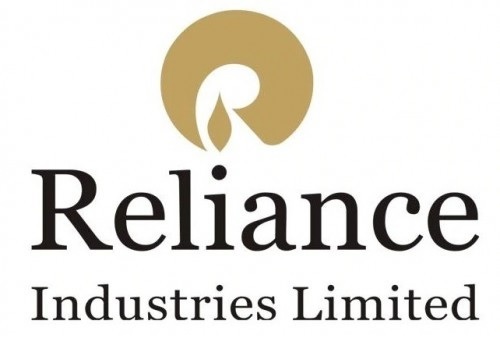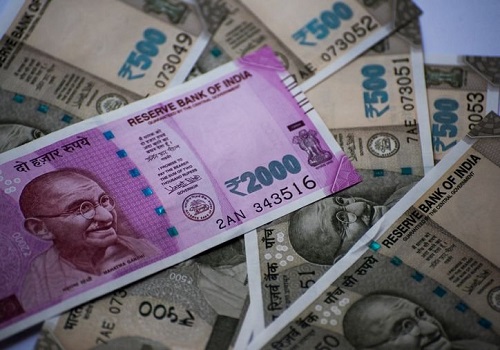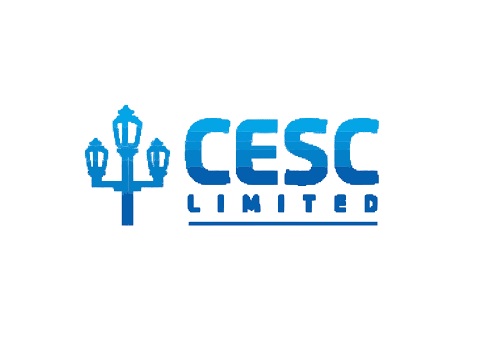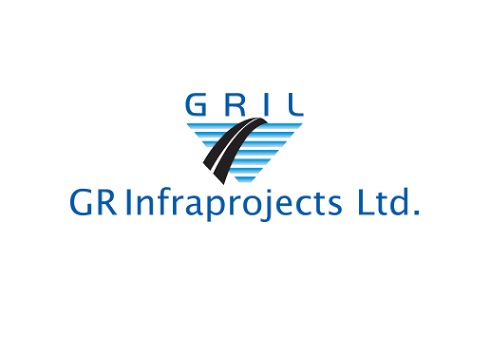Buy Reliance Industries Ltd For Target Rs.2,880 - Motilal Oswal

Follow us Now on Telegram ! Get daily 10 - 12 important updates on Business, Finance and Investment. Join our Telegram Channel
Giving wings to its new-age dreams
RIL’s foray into new energy: The four Giga factories
It has been almost a year since RIL outlined its foray into new energy solutions through four Giga factories – a) integrated solar photovoltaic factory, b) advanced energy storage, c) electrolyzers manufacturing facility, and c) fuel cells. We examine the prospects of these factories and highlight the various M&As RIL has carried out in these areas.
Announced last year, the overall initial outlay of INR750b over three years included a total investment of INR600b on setting up of four Giga factories and an outlay of INR150b on value chain, partnerships and future technologies.
Considering these are cutting edge fast-evolving technologies, RIL has invested (or committed) a total of INR109b in companies such as Breakthrough Ventures, SkyTran, NeoLync, Ambri, REC Solar, Sterling & Wilson Solar, Stiesdal, NexWafe, Faradion, Altigreen Propulsion, Sanmina India, and Lithium Werks.
RIL has taken a step further, by announcing its vision to replace fossil fuels used in the Jamnagar complex with renewables, thereby utilizing synthesis gas from its gasifiers to manufacture a host of organic chemicals. While it is difficult to say, at this juncture, whether RIL would be able to replicate its success stories of Jio and Retail in these, this report highlights the prospects of these initiatives.
We currently do not ascribe any valuation to these investments. We value the standalone segment at INR795/share, valuing it at 7.5x FY24E EV/EBITDA. We value Jio at 18x FY24E EV/EBITDA, contributing INR944/ share. We value Retail at INR1,118/share, valuing the core segment at 37x FY24E EV/EBITDA and non-core at 4x. Thus, with a target price of INR2,880, we reiterate our BUY rating on the stock.
Solar: lower tariffs to boost investments in future
The potential for solar power in India itself is slated to be at 750GW, out of which only 49GW have been installed as of Nov’21.
However, the cost of solar modules, which accounts for 55-60% of the whole system cost, has declined to USD0.2/w in 2021 from USD1.7/w in 2010 (refer to Exhibit 5).
In line with the decline in module costs, solar tariffs (at INR2-2.97/KWh) have also fallen even below the domestic coal-based power tariffs (at INR3.78/KWh). This is likely to boost investments going forward. RIL invested INR67b in Neolync, REC Solar, Sterling & Wilson Renewable Energy and NexWafe to capitalize on this opportunity (refer to Exhibit 3).
ESS: advanced energy storage solutions
Owing to the volatility in power generation from renewables such as solar, wind and hydel, usage of these resources requires Energy Storage Solutions (ESS). Among other important things, ESS helps in capacity firming, demand-side management, peak shaving, flexible ramping, et al.
ESS technologies available today are primarily electrochemical (batteries), mechanical (flywheel etc.) and electromagnetic (conductors, magnets etc.) in nature. While the current ESS capacity is insignificant, DNV expects it to rise to ~43TWh by 2050, almost ~110x of India’s total power generation capacity as of now (refer to Exhibit 6).
RIL has so far invested INR18b in Ambri, Faradion and Lithium Werks, which work in the area of battery technology development and manufacturing.
Electrolyzers: the refiners of the future
While fossil auto fuels today are being produced from oil refineries, electrolyzers would play the same role of producing hydrogen fuel, which would then be transported to retail outlets and filled into the tanks of hydrogenpowered vehicles.
Assuming that 60% of 100mnbopd of oil consumption is for petrol/diesel, at USD100/bbl of crude oil, or say USD115/bbl of petrol/diesel, the market of transportation fuels stands at a staggering USD2.5t. According to the International Energy Agency (IEA), transportation accounts for 37% of total global Co2 emissions at present. These two combined have attracted investments in new technologies and fuel sources globally.
There are three main types of electrolyzers currently: a) proton-exchange membranes, b) alkaline and c) solid oxide. RIL has signed an MOU with Stiesdal, Denmark for technology development and manufacturing of HydroGen electrolyzers in India (refer to Exhibit 7).
Fuel cells: powering hydrogen vehicles
While electrolyzers produce the hydrogen fuel required, fuel cells play the role of converting hydrogen into electricity, which then runs the power-train of the hydrogen-based vehicles.
Hydrogen is destined to be the choice of the future due to its high energy density as well as much faster re-filling rate. Compared with a supercharger that requires 30 minutes for charging an electric vehicle battery, hydrogen – just like current fossil fuels – requires only ~3 minutes. A Toyota Mirai requires 1.24kWh battery and 5.6kg of hydrogen v/s Tesla Model S that requires a 100kWh battery, which weighs ten times that of Mirai (link).
However, apart from the high cost of a hydrogen car, the variable cost of hydrogen is also ~3x that of fossil fuels (link). Additionally, challenges remain in terms of transportation and safe handling of hydrogen. Therefore, as demand for fossil fuel wanes, investments into fuel cells would help RIL align with the new-age transportation fuels.
To Read Complete Report & Disclaimer Click Here
For More Motilal Oswal Securities Ltd Disclaimer http://www.motilaloswal.com/MOSLdisclaimer/disclaimer.html SEBI Registration number is INH000000412
Above views are of the author and not of the website kindly read disclaimer
























